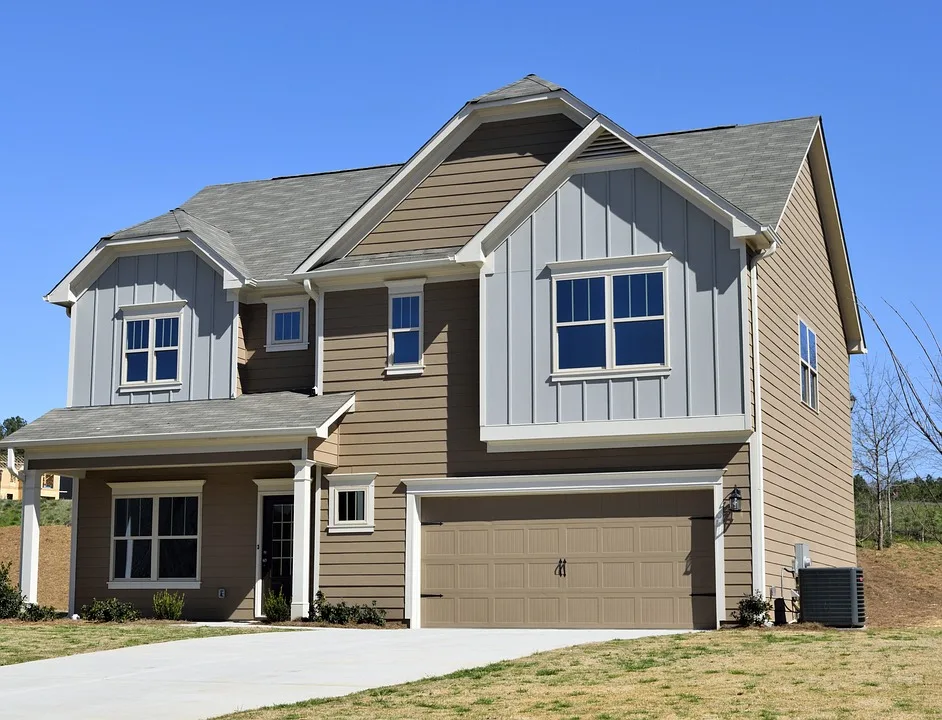[ad_1]
The term reverse mortgage is everywhere these days. It frequently appears in commercials or shows up on Internet searches. But you may not understand what it is exactly.
In short, it is a unique home loan that allows homeowners to convert some of their home’s equity to cash. This equity that the homeowner has acquired throughout years of making payments on their home can now be returned to them in payment installments. In a typical mortgage situation, the borrower pays the lender and each payment reduces the amount owed and builds the borrower’s equity in the home. In a reverse mortgage, the borrower receives payments from the lender, and each payment increases the loan balance and declines the amount of equity.
Who originates these loans?
Most of these loans are originated by the Federal Housing Administration (FHA) and are known as a Home Equity Conversion mortgage or HECM. An HECM is guaranteed by the FHA, so the borrower does not have to be concerned about failing to receive payments from their lender.
Who qualifies for these loans?
To qualify for this type of loan, homeowners must be age 62 or older and have significant equity in their home. In addition, to obtain an HECM, homeowners must own their homes outright or the balance they owe on their home must be low enough that it can be paid off with the proceeds from the reverse loan at closing. In addition, the borrower must reside in the home and be able to pay for recurring charges associated with the property including taxes and insurance. Finally, before getting the loan borrowers must receive information from an HECM counselor. The applicant’s home must be a single-family home, an HUD-approved condominium or manufactured home that meets FHA requirements, or a two to four unit home if the borrower resides in one of the units.
How much can you borrow?
The amount a homeowner can borrow with a reverse mortgage varies depending on their age, the home’s worth and the loan’s interest rate. In most cases, homeowners of an older age are able to borrow more money, and the more a home is worth or the more equity the owner has in it, the more the owner is able to borrow. Lower loan interest rates also increase a homeowner’s borrowing power.
How do I receive my funds?
With an HECM, borrowers have several choices of how to receive their payments. Borrowers can choose to receive a lump-sum payment at the loan closing or the borrower can take out a line of credit. This line of credit can be used as the borrower chooses and grows over time. A borrower can also choose to receive payments in the form of a monthly annuity. A tenure monthly annuity is a monthly payment that the borrower receives for the entire time they live in the home. A term monthly annuity is a monthly payment that the borrower receives for a set period of time that they choose. Borrowers can also choose to combine these options, such as by opting to receive a monthly annuity but also taking some cash at closing. By paying a small fee borrowers can also switch from one option to the other.
A reverse mortgage can be a beneficial source of income for senior citizens. By researching the pros and cons of this type of loan, homeowners can determine if it is a good fit for their financial situation.
[ad_2]
Source
[To know more]


